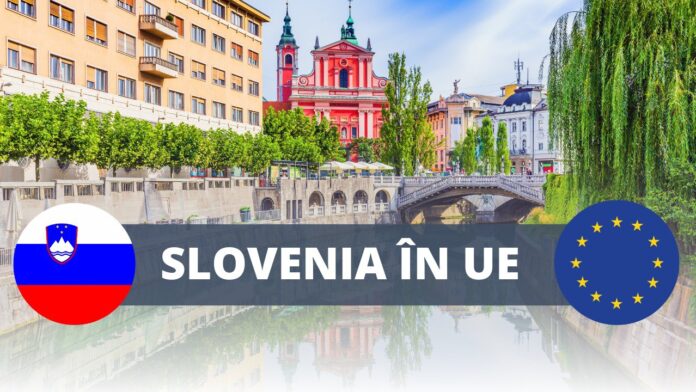Nicknamed the “Western Gateway to the Balkans,” Slovenia is such a small country that locals and tourists can also look at two countries: on the right, you can see Italy, and on the left – Croatia. Slovenia covers an area of just 20,273 km2 between the Adriatic Sea and the Julian Alps. It is almost 12 times smaller than Romania and about half the size of Switzerland or the Netherlands.
In May 2004, the country joined NATO and the European Union. Slovenia became a member of the Schengen area on 21 December 2007 and, from that day, abolished controls at its internal land and sea borders with EU Member States. Authorities lifted air border controls on 30 March 2008.
EU membership offered many economic advantages and development prospects. One example is the country’s GDP. It was €27 billion in 2004, rising to €60 billion by 2022.
People’s salaries have also risen, from €900 a month in 2004 to €2 000 by the end of 2022. At the same time, foreign direct investment (FDI) has entered a new phase. From around 5 billion in 2004 to around 16 billion in 2022. So has people’s life expectancy. For men, from 74 in the accession year to 78 by 2022. For women, from 81 to 84 by 2022.
FOR THE MOST IMPORTANT NEWS, FOLLOW US ON TWITTER!
This article is part of the campaign launched by the REALITATEA Press Group: “Moldova Chooses Europe,” in which we tell the story of the path of EU Member States in the process of European integration and the economic growth recorded as a result of accession.


